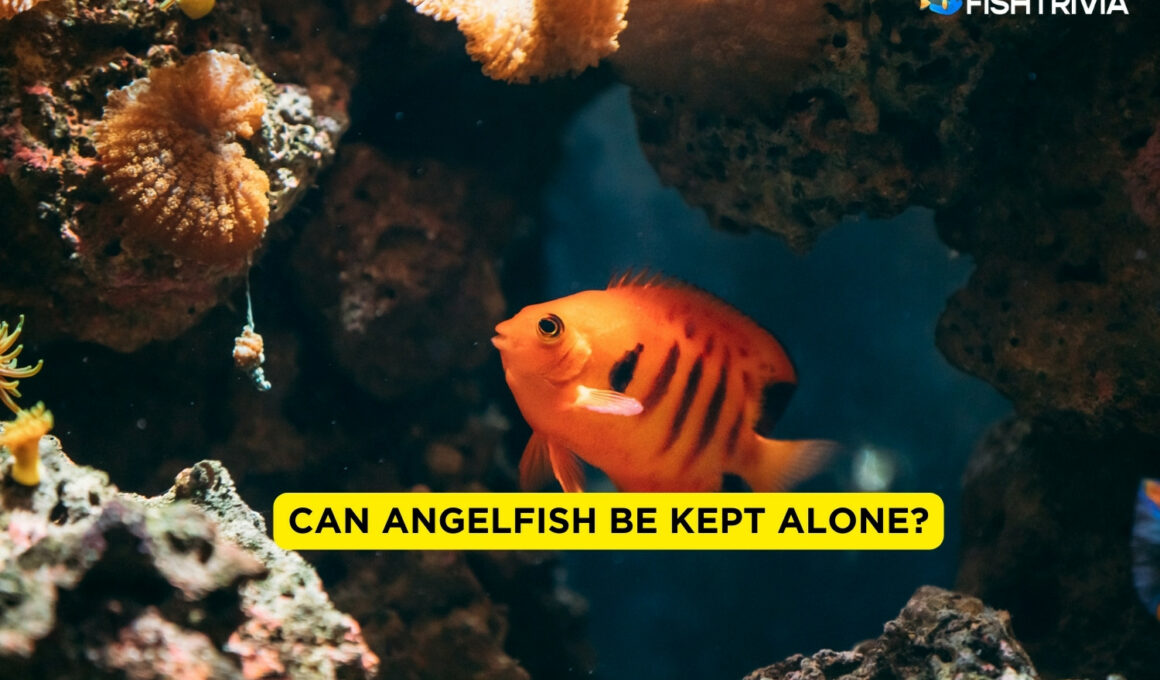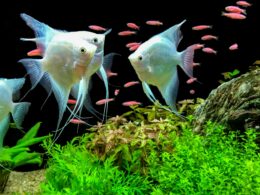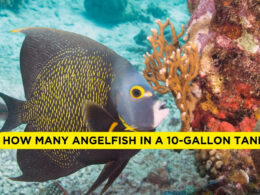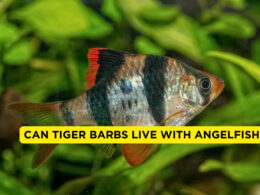In this article Show
As an experienced fishkeeper, I understand the nuances of creating a harmonious aquatic environment. Today, we’re focusing on a common query among enthusiasts: Can angelfish be kept alone?
This question is crucial for both beginners and seasoned aquarium owners looking to ensure the well-being of their angelfish. In this article, we’ll uncover the essentials of angelfish care, focusing on whether these majestic creatures thrive in solitude or require companionship.
Can Angelfish Be Kept Alone?
Yes, angelfish can be kept alone, but with consideration. While these tropical fish are adaptable to solitary living, their well-being often depends on specific tank conditions and environmental enrichment. For optimal health, a solo angelfish requires a spacious aquarium, stable water parameters, and mental stimulation.
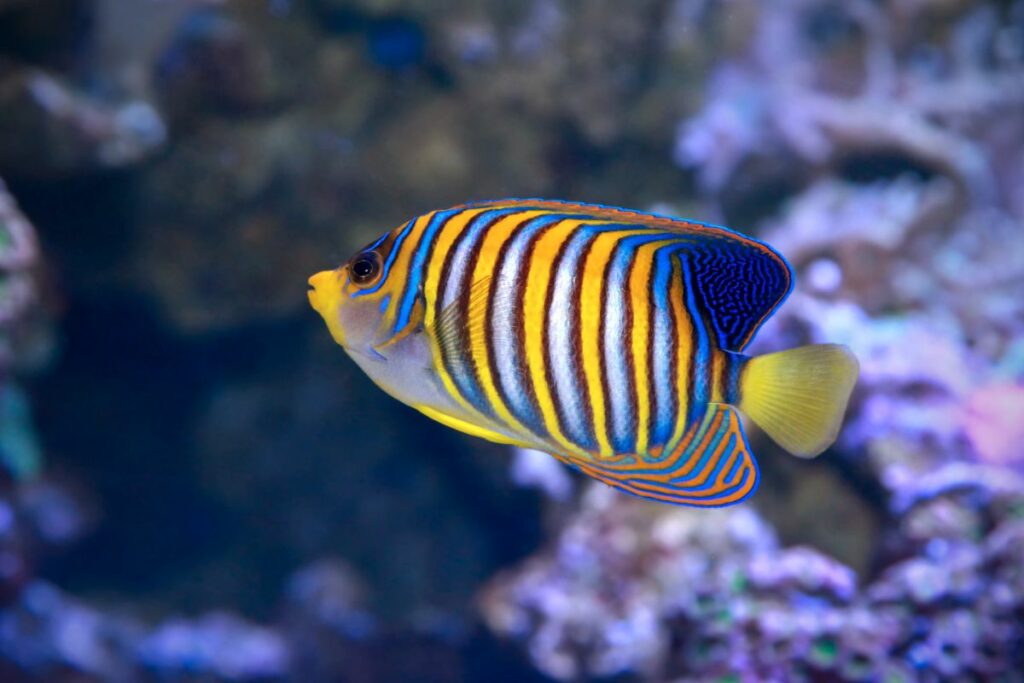
Tank Requirements for a Solo Angelfish
Creating an ideal environment for a solo angelfish involves careful consideration of tank size, conditions, and essential equipment. Here’s a breakdown of what you need:
1. Optimal Tank Size
For a single angelfish, a minimum tank size of 20 gallons is recommended. This space allows enough room for swimming and territory establishment, essential for the angelfish’s wellbeing. Larger tanks, upwards of 30 gallons, are even better, providing ample space for their graceful movements and growth.
2. Water Conditions
Angelfish thrive in warm, slightly acidic to neutral water. Maintain a temperature range between 76°F and 84°F (24°C – 29°C) and a pH level of 6.5 to 7.5. Regular monitoring and adjustments are crucial to keep these parameters stable.
3. Filtration System
A high-quality filtration system is essential to maintain clean and healthy water. Opt for a filter that can handle at least 3 to 4 times the tank’s volume per hour. This ensures efficient removal of waste and maintenance of water clarity, which is vital for the health of your angelfish.
4. Lighting
Angelfish don’t require intense lighting; a moderate level is sufficient. An LED aquarium light that mimics natural daylight cycles helps in maintaining a healthy day-night rhythm for the fish.
5. Aquarium Decor
Include plants, rocks, and driftwood to recreate a naturalistic environment. These additions provide hiding spots and reduce stress for your angelfish. Live plants are especially beneficial as they contribute to the tank’s ecosystem by producing oxygen and absorbing nitrates.
6. Water Movement
Gentle water flow is ideal for angelfish. Avoid strong currents as they can stress these fish, who prefer calmer waters.
7. Heating
A reliable aquarium heater with a thermostat is necessary to maintain the optimal temperature range. Regular checks are important to ensure it’s functioning correctly.
8. Regular Maintenance
Routine water changes, typically 20-25% every two weeks, are vital to keep the environment clean and healthy. Regular testing of water parameters is also essential to detect and rectify any imbalances promptly.
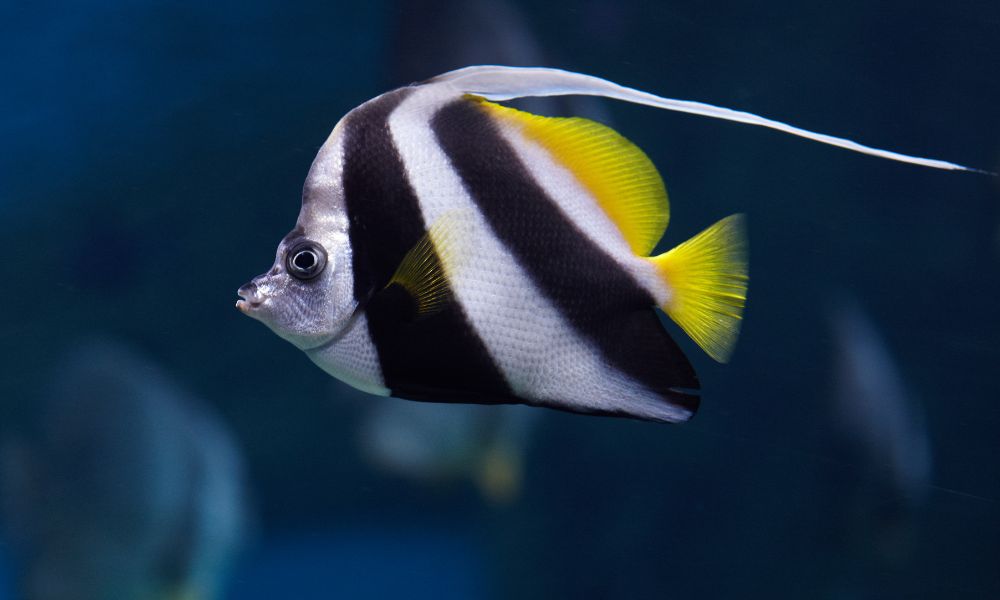
Companion Options for Angelfish
While angelfish can be kept alone, they also do well with compatible tank mates. Here are some suitable options and tips for introducing angelfish to new companions:
Suitable Tank Mates
- Dwarf Gouramis: Peaceful and similarly sized, dwarf gouramis can coexist well with angelfish.
- Mollies and Platies: These are hardy fish that generally get along with angelfish and add color to your aquarium.
- Corydoras Catfish: Bottom-dwellers like corydoras are excellent companions, as they don’t compete for space and help keep the tank clean.
- Bristlenose Plecos: Known for their algae-eating habits, they are peaceful and occupy different tank levels than angelfish.
- Rasboras and Tetras: Small schooling fish like rasboras and larger tetras can be good companions, but avoid very small or nippy species.
Tips for Introducing Angelfish to New Tank Mates
- Acclimate Properly: Introduce new fish gradually. Use the drip method for acclimation to slowly adjust them to the tank’s water parameters.
- Monitor Aggression: Keep an eye out for signs of aggression or bullying, especially in the first few days. Angelfish can be territorial.
- Provide Plenty of Space: Ensure the aquarium is large enough to accommodate all fish comfortably, ideally a tank size of 30 gallons or more.
- Create Hiding Spots: Use plants and decorations to create hiding places and break lines of sight, reducing stress and aggression.
- Introduce in Groups: Introducing tank mates in small groups rather than individually can reduce the likelihood of angelfish targeting a single fish.
- Feed Adequately: Ensure all fish are getting their share of food to prevent competition and stress.
- Regular Health Checks: Observe the health and behavior of all fish regularly. Quarantine new fish if necessary to prevent the spread of diseases.
By choosing the right companions and introducing them carefully, you can create a harmonious and visually appealing community tank that caters to the needs of angelfish and their tank mates.






